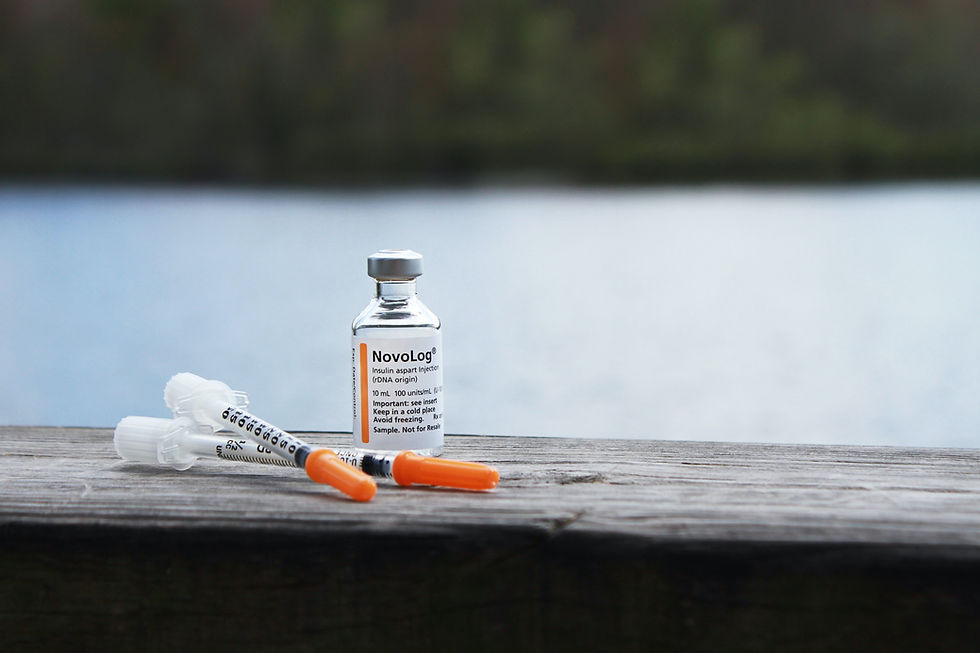USFDA Guidance: Study Data Technical Conformance Guide – Technical Specifications Document and Data Standards Catalog
- Sharan Murugan

- Mar 30
- 3 min read
The U.S. Food and Drug Administration (FDA) has released the latest version (v6.0) of the Study Data Technical Conformance Guide in March 2025. This guide serves as a companion to the FDA's Guidance for Industry: Providing Regulatory Submissions in Electronic Format – Standardized Study Data. It outlines the technical standards, formats, and processes for submitting study data, applicable to both clinical and nonclinical studies.

The goal is to streamline data submission, improve data quality, and facilitate efficient regulatory review. It provides detailed requirements, recommendations, and considerations for sponsors and applicants submitting standardized study data electronically.
This guidance supports submissions for Investigational New Drug Applications (INDs), New Drug Applications (NDAs), Abbreviated New Drug Applications (ANDAs), and Biologics License Applications (BLAs) to the Center for Drug Evaluation and Research (CDER) and the Center for Biologics Evaluation and Research (CBER).
By adhering to these guidelines, sponsors can avoid submission errors, reduce delays, and ensure that their data is interpretable by FDA reviewers.
Key Features of the March 2025 Update
The March 2025 version of the guide introduces several important updates and clarifications across various sections:
Data Validation Rules: The updated guide includes expanded information on conformance validation and quality checks for study data. It emphasizes the importance of adhering to FDA business rules to ensure that submissions meet regulatory expectations. These rules help identify errors or inconsistencies in datasets before submission, minimizing the risk of rejection.
SEND Domain Specifications: The guide provides detailed updates on the scope of SEND (Standard for Exchange of Nonclinical Data) datasets, including SEND Implementation Guides (SENDIGs) v3.0 and v3.1. It clarifies trial design models, pharmacokinetics domains, and other nonclinical data elements required for regulatory submissions.
SDTM and ADaM Standards: For clinical studies, the guide elaborates on the use of SDTM (Study Data Tabulation Model) for organizing raw data and ADaM (Analysis Data Model) for analysis datasets. It includes revised instructions for preparing annotated case report forms (aCRFs), define.xml files, and other supporting documentation to ensure traceability from raw data to analysis results.
Therapeutic Area Standards: The updated guide expands on supported therapeutic area standards, providing specific guidance for chronic diseases, oncology studies, and other specialized therapeutic areas. These updates align with Therapeutic Area User Guides (TAUGs) to ensure consistency in data presentation across different therapeutic domains.
Legacy Data Conversion: The guide offers new clarifications on converting legacy study data into standardized formats. Sponsors are encouraged to develop a legacy data conversion plan and report to document the process and ensure compliance with FDA standards.
Technical Rejection Criteria: The FDA has simplified its technical rejection criteria for submissions that fail to meet basic formatting or structural requirements. This includes streamlined requirements for ts.xpt files used in clinical study submissions.
Submission Requirements: Sponsors are required to submit study data using standardized formats such as SDTM, ADaM, or SEND, depending on whether the study is clinical or nonclinical in nature. Submissions must be validated against FDA rules before being sent to ensure compliance with technical specifications.
Traceability is a key requirement; sponsors must demonstrate a clear link between raw data and analysis datasets through proper documentation (e.g., define.xml files). Additionally, sponsors must include Study Data Reviewer’s Guides (SDRGs) or Analysis Data Reviewer’s Guides (ADRGs) with their submissions to provide context for the submitted datasets.
Legacy Study Data Conversion: For studies conducted before the adoption of standardized formats, sponsors must convert legacy data into compliant formats before submission. The guide provides recommendations on preparing a legacy data conversion plan that outlines how raw datasets will be mapped to SDTM or SEND standards. A conversion report should also be included to document any challenges or deviations encountered during the process.
Therapeutic Area Standards: The guide highlights specific therapeutic area standards supported by the FDA, including those for oncology, cardiovascular diseases, diabetes, and more. These standards are designed to ensure that study data across different therapeutic areas are presented consistently and meet regulatory expectations.
Common Errors and Best Practices: The guide identifies common errors encountered during electronic submissions, such as missing variables or incorrect dataset structures. Sponsors are encouraged to use automated validation tools provided by CDISC or third-party vendors to check their datasets against FDA rules before submission.
To avoid delays or rejections:
Ensure all datasets conform to CDISC standards.
Validate datasets using FDA-recommended tools.
Provide complete documentation (e.g., SDRGs/ADRGs).
Address any issues identified during internal quality checks before submission.
By following the outlined technical specifications, sponsors can improve submission quality, ensure compliance with regulatory expectations, and support the efficient review of drug and biologic applications.
🔗 Reference Link: FDA Study Data Technical Conformance Guide
🔗 Download the Full Document: Study Data Technical Conformance Guide – Technical Specifications Document
The Data Standards Catalog is an official FDA document that lists all FDA-supported and required data standards for electronic regulatory submissions. It serves as a reference guide for sponsors, helping them ensure that their study data submissions comply with the FDA’s electronic data requirements.



Comments